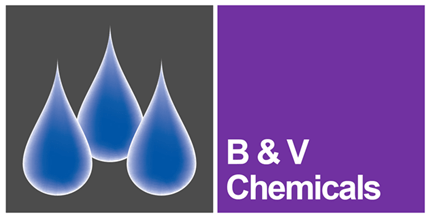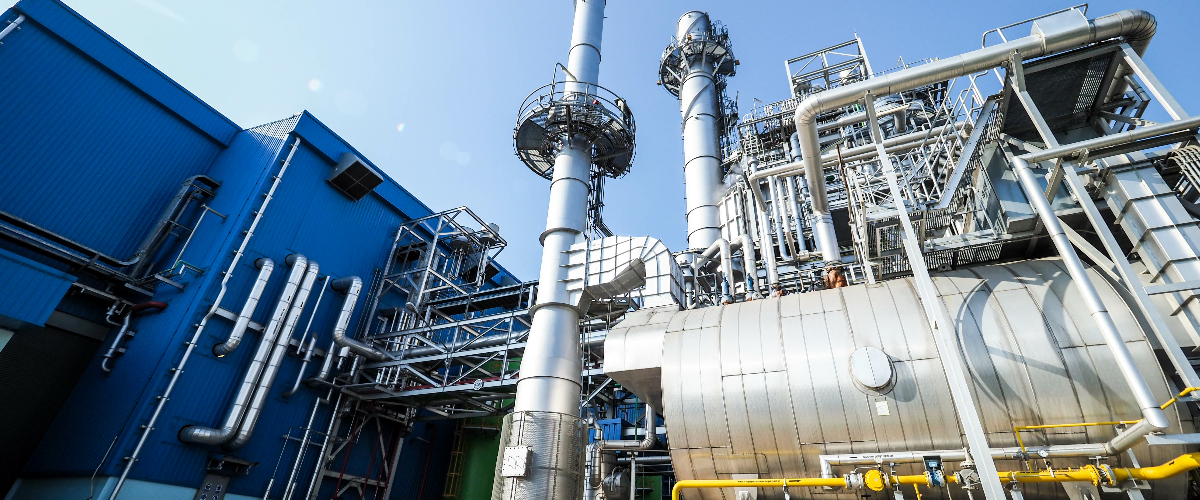Condensate is steam that has condensed as a result of doing work and liberating heat. Good condensate is a valuable resource and where possible should be returned to the boiler. Maximising condensate recovery can result in major cost savings, by reducing water supply and discharge cost, water pre-treatment costs, energy consumption and chemical usage.
Good condensate management is essential to maintain the integrity of the plant and the quality of the water being returned to the boiler.
Corrosion in condensate systems
The most common problem associated with condensate is corrosion. The return line piping is most at risk, but these problems can extend to the feedwater system and the boiler. Corrosion debris from the condensate lines ultimately ends up in the boiler. Here it can deposit on heat exchange surfaces, reducing boiler efficiency and aggravating corrosion in the boiler.
Corrosion in the condensate lines is almost entirely due to two gases:
- Oxygen
- Carbon dioxide
Oxygen should, in theory, be dealt with by the oxygen scavenger added to the feedwater, but poor treatment and boiler control can result in oxygen in the steam.
Oxygen causes pitting corrosion in the condensate lines. Only small amounts of oxygen are needed to cause major corrosion problems. The origin of the carbon dioxide is the bicarbonates and carbonates in the supply water. The bicarbonate is a natural component of the supply water. Carbonate may be added as part of the boiler treatment (older style programme) or come from a lime soda pre-treatment plant.
The conditions within the boiler cause the bicarbonate to break down to carbonate, water and carbon dioxide. The resulting carbonate is broken down further to hydroxide and carbon dioxide.
The breakdown of the bicarbonate is almost complete whereas the breakdown of the carbonate depends on the boiler temperature and pressure. The following table illustrates this.
A typical package boiler will see 70 - 80% conversion of carbonate to carbon dioxide. A small amount of carbon dioxide will come from the make-up water.
The carbon dioxide is carried with the steam. When the steam condenses, nearly all the carbon dioxide dissolves in the condensate and forms carbonic acid.
Lowering the condensate pH
Only a small amount of carbon dioxide is needed to lower the condensate pH:
- 1 ppm can lower the pH from 7.0 to 5.5
- 5 ppm will lower the pH to 5.0
Higher carbon dioxide levels have only a minor effect on the pH.
The lowering of the pH accelerates the corrosion of steel and copper. This can be seen as thinning of the pipes. The iron oxide generated ends up in the boiler. If oxygen is also present the corrosion can be rapid and devastating.
The first approach to controlling condensate line corrosion is to minimise the generation of carbon dioxide by the maximised use of condensate return and the use of pretreatment methods such as reverse osmosis, dealkalisation etc. The use of stainless steel condensate may be cost effective in the long term.
Chemical treatment for condensate systems
Condensate corrosion is controlled through the use of three types of chemical:
- Volatile oxygen scavengers - These materials enter the condensate lines with the steam and react with any oxygen present.
- Neutralising amines - These enter the condensate lines with the steam and neutralise the carbonic acid. The pH is raised.
- Filming amines - These are generally dosed into the steam lines and form a thin protective film on the surface of the condensate lines.
Here are the most common materials in use:
| Material | Function |
|
Morpholine |
Neutraliser |
| Cyclohexylamine | Neutraliser |
| Diethylaminoethanol | Neutraliser |
| Aminomethyl propanol | Neutraliser |
| Methyoxypropylene | Neutraliser |
| Ammonia | Neutraliser |
| DEHA | VOS |
| MEKO | VOS |
|
Dimethylamino-2-Propanol (DMA-2P) |
Neutraliser |
| Octadecylamine | Filming |
| Ethoduomeen T/22 | Filming/Neutraliser |
Please contact our technical department for further advice on the selection and programming of return line treatments.
Read more from our steam boiler blog series:
- Why do we use chemicals in steam boiler water treatment?
- What are the Steam Boiler Water Treatment Standards to follow?
- Boiler water testing in soft water fed boilers
- Boiler water testing in demin water fed boilers
- Alkaline boil out of new boilers using C32SPC
- The use of oxygen scavengers in steam boilers






